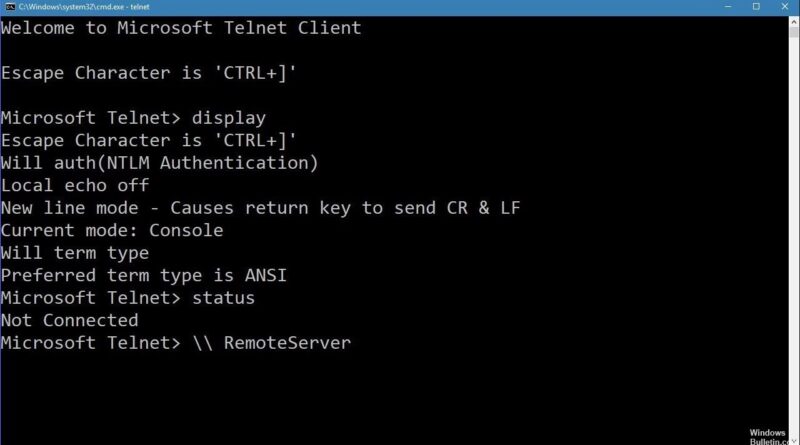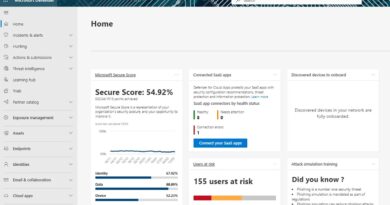Microsoft Telnet Server Bug Lets Attackers Bypass Guest Login Restrictions
In a reminder that legacy tools still cast long shadows, a newly discovered vulnerability in Microsoft’s Telnet Server has emerged—allowing attackers to bypass disabled guest login settings and potentially gain unauthorized access to Windows systems.
What’s the Issue?
Researchers at SecureNet Labs uncovered a flaw in how Microsoft’s Telnet Server handles guest login requests. Even when guest accounts are explicitly disabled—an industry-standard precaution—attackers can craft special authentication requests that trick the server into granting guest-level access.
“This vulnerability is particularly dangerous because it bypasses a fundamental security control,” says Priya Menon, Senior Researcher at SecureNet Labs.
The bug effectively nullifies the assumption that disabling guest access is enough to secure a system running Telnet.
Why It Matters
While Telnet is considered outdated and has been replaced by more secure protocols like SSH, it’s still present in many legacy environments—from academic institutions and industrial systems to enterprise setups with older Windows infrastructure.
If Telnet Server is enabled, the risk is real: an attacker could gain unauthenticated access, view sensitive data, or even use that foothold to escalate privileges.
Affected Systems
This vulnerability impacts systems where Telnet Server is installed and active, including:
- Windows Server 2012, 2016, and 2019
- Windows 10 and 11 (when Telnet is manually enabled)
Good news? If Telnet Server is not installed or has been fully disabled, your systems are not affected.
Microsoft has acknowledged the issue and reminded users that Telnet remains disabled by default in all current Windows versions. A fix is expected in an upcoming Patch Tuesday update.
What You Should Do Now
To mitigate the risk, here are some immediate actions you can take:
- Disable Telnet Server unless it’s absolutely required. Better yet—remove it entirely.
- Segment your network to limit exposure of legacy services.
- Monitor your system logs for strange or unauthorized login attempts.
- Apply Microsoft’s patch as soon as it’s released.
Legacy Protocols = Modern Headaches
This latest Telnet-related bug is a textbook example of why clinging to legacy components can be dangerous. Just because something still “works” doesn’t mean it’s safe.
Time to audit your systems. Ditch Telnet. Embrace modern, encrypted protocols. Your future self (and your incident response team) will thank you.



